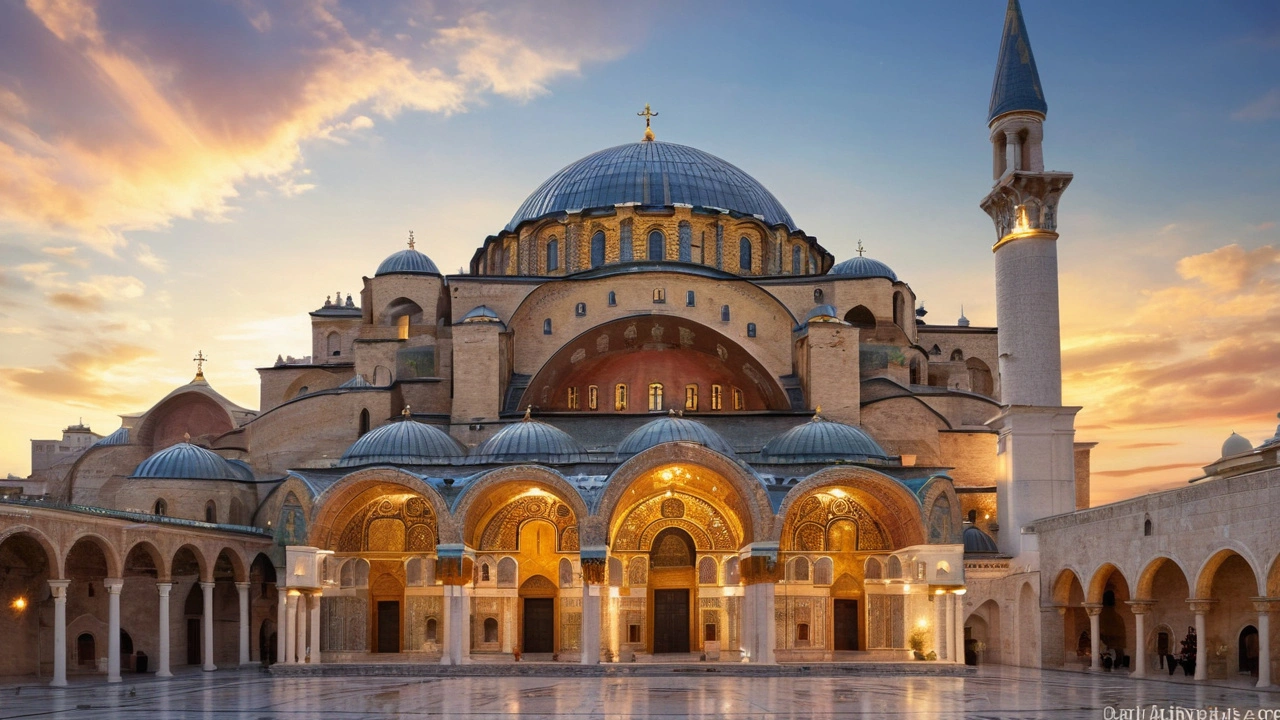This article delves into Byzantine Architecture, exploring how it emerged as a confluence of various cultures. It highlights the unique design elements, historical significance, and the cultural influences that shaped this architectural style. Readers will gain insight into the rich history and artistic grandeur of Byzantine structures.
Cultural Confluence in Architecture: Where Styles Collide and Create
Buildings don’t appear out of nowhere. They’re fingerprints of trade, politics, religion, and taste. When different cultures meet, architecture often becomes a visible record of that meeting. You’ll see columns from classical Rome sitting next to local brickwork, or modern glass towers that borrow patterns from traditional crafts. This page collects practical ideas and clear examples to help you read those stories on the street.
Cultural confluence shows up in obvious ways and in tiny details. Indo-Saracenic buildings in South Asia mix Mughal domes with British Gothic flourishes. Colonial houses in the Caribbean use European symmetry but add covered porches and shutters for tropical life. Beaux-Arts city halls borrow classical order while using local stone and decorative motifs tied to place. Spotting these mixes helps you understand why a place looks the way it does.
How to Spot Cultural Mixes
Look for contrasts that solve local problems. If a building uses arches or courtyards, ask whether those features respond to climate or ritual. Materials tell a story: clay tiles, timber framing, or poured concrete point to local craft and available resources. Decorative details are a fast clue — scrollwork, tile patterns, or carved stone can reveal borrowed motifs. Also check construction techniques: Roman concrete or Gothic vaulting often spread far from their origin and get adapted to new needs.
Think about timeline. Some styles arrive with power — like colonial governments — and some spread through trade or migration. A single neighborhood can layer eras: Greek Revival facades on buildings altered with later Art Deco details, or traditional houses retrofitted with modern glass and steel. When you walk a street, try to spot one dominant style and two influences that don’t quite match; that’s usually cultural confluence at work.
Why It Matters
Blended architecture is more than aesthetic mix-and-match. It shows what mattered to people: defense, climate, identity, or display. Preserving these buildings preserves complex local stories, not just pretty facades. For designers and homeowners, understanding confluence offers practical inspiration: combine local craft with modern tech, or reuse heritage details to make new buildings feel rooted.
If you want a quick exercise, pick a nearby old building and answer three questions: what materials does it use, which features solve a local need, and which elements feel borrowed? That small habit turns sightseeing into a way to read history. Cultural confluence isn’t neat or tidy. It’s messy, pragmatic, and interesting — and once you start noticing, cities will feel a lot more alive.

